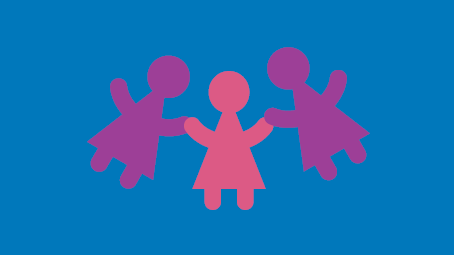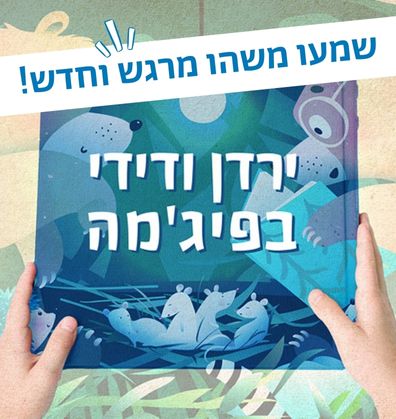כִּשּׁוּרֵי חַיִּים
מחלוקת והסכמה
לא תמיד אנחנו מסכימים עם אחרים. לעיתים קרובות יש חילוקי דעות אפילו בנושאים פשוטים ויומיומיים כמו במה לשחק? מי ראשון? ועוד... סיפורים על מחלוקת מול הסכמה מסייעים לקוראים להבין נקודות מבט שונות ולהזדהות עם הדמויות המתמודדות איתם. לפניכם סיפורים אשר מזמנים מפגש עם מצבים שונים של קונפליקט, ובחינת דרכים שונות לפתרונו, באופן מכבד והוגן.
סְּפָרִים
Book-Related Family Activities

Fighting and Reconciling
Talk with your children and ask: How do you feel when you fight with a friend or family member? How do you both behave during a quarrel? Can anything help you reconcile? How can we help friends who are fighting reconcile?
QR code
Scan the code to listen to a special episode on quarreling from the podcast Yarden and Didi in Pajamas.
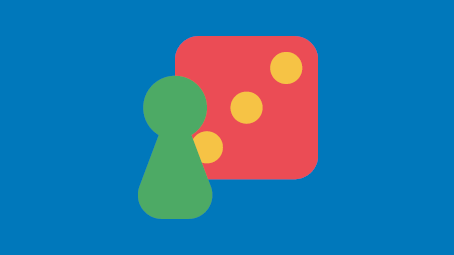
Making Peace
This book can inspire you to take two puppets, toy cars, or any pair of items; you can even put a pair of socks on your hands. Invite your children to imagine and make up a “real fight” – what are they fighting about? How do they reconcile? Do they reconcile on their own or do they need help doing so? Now you are ready to put on a show.

Exploring and Discovering
Hyraxes and ibexes are desert animals that live in Israel. This book provides a wonderful opportunity to explore and discover! What do they look like in real life? What characterizes them? What do they enjoy eating? What other interesting facts would you like to know about them?

Arts & crafts, songs, and other activities can be found on the Sifriyat Pijama Pinterest page.
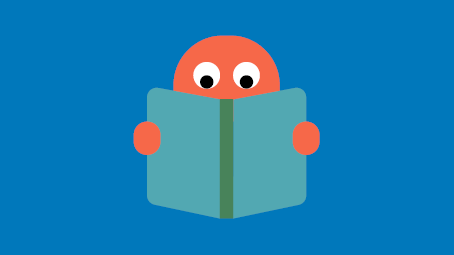
Family reading advice
After reading, you should go back and spend time looking at the illustrations. Notice the small details that are not directly related to the text, and share your discoveries with one another.

Being considerate
At home, we also need to get along in the same “railroad car”. You can discuss and think together with your child: Which home situations require us to be considerate? Why is it important to speak up and discuss things that make us uncomfortable or that we find inconsiderate? How should we go about it?

Animals and attributes
The tortoise is slow, the owl is wise, and the rabbit is fast. You can go back to the book and check – what other animals appear in it? What are their special attributes and characteristics? Do they have the same characteristics in real life too?

Roleplay
You can dramatize this book – sit together on a “train” – parents can be the crocodile, taking up the entire railroad car, and children can be chicks. How will you go about asking the crocodile to make some room for you? Will you end up messing around and having some friendly fun together? Now, you can switch roles.
Family reading advice
Books help children recognize feelings, name them, identify and empathize with the characters, and, subsequently, do the same with friends and people in general. While reading, you can look at the characters’ facial expressions and discuss: How do you think they feel? Are they angry? Sad? Perhaps happy and relaxed?
Fighting and making up
Sometimes we fight with friends, and sometimes with our siblings. You can discuss and share an argument you had: What caused it? How did you feel? Who helped you to calm down? Did you make up, and how?
A play with a broom
The child in the story fights with everyone, but how can you fight a broom or a faucet? Try picking an inanimate object and acting out an amusing interaction with it – how about a game for two with a stuffed animal, a conversation with a toy car, or an argument with a coat?
Singing with a broom – QR code
Would you like to sing and dance with a broom and perhaps clean the room while you’re at it? Scan the code and join Oded Burla’s song about a broom.
Moving like…
You can open the book to a random page and move like the things described on it: You can fly like the wind, drip like a faucet, open and close like a door, or soar like an airplane.
Discussion
Have you ever wanted to do something and had someone interrupt you? how did it make you feel? What did you do and say? This book offers the opportunity to discuss these kinds of situations, as well as some good-spirited solutions.
A home response die
Someone snatched something from me, took something I wanted, interrupted me, bothered me – what do I do? You could think of positive responses together, like using the word “please”, or explaining what bothered you. How about making a paper die and writing all kinds of positive responses on each side, perhaps adding an illustration that depicts the written text? That way, whenever you come up against a problem, you could always throw the die and see what it suggests that you do in response.
A game – Which animal?
Various animals appear in this book: Which one meows? Which one lays eggs? And which one lives in the shed? Let’s find out! One of the players picks an animal, and the rest of the family has to guess which animal they picked by posing questions, and getting hints, such as “the animal I picked meows”, “the animal I picked lives in a pen”. Keep adding more clues until your family has guessed which animal was chosen.
Ladies and Gentlemen – The show!
You could act the story out using clothes, hats, accessories, or stuffed animals. You could make the sounds made by the animals, show how each one responds upon encountering the elephant, or be the elephant sleeping on the path.
Proposed Family Activities:
- You may want to leaf through the book together, and look at the special illustrations. Perhaps you could ask your child to notice the different perspectives and angles from which the illustrator chose to draw Mooha and Booha: up close and from afar, from down below or high above, from the front and back. You may enjoy picking an object at home, and trying to draw or photograph it from various angles.
- How about acting the story out together using puppets? You could suggest that your child try to convince the cows to stop bickering, and enjoy their grass.
- It is often difficult to admit that we are jealous of others. Perhaps you could share an incident with your child in which you were jealous of someone else when you were growing up, and how you coped with that feeling.
- Mooha and Booha cannot enjoy their own grass, because they focus solely on what the other has. You may want to toss a ball between you, and have each of you say something good that makes them happy as you take turns catching the ball.
- Seasons change, the green grass turns yellow, and the cows cannot stop fighting. Perhaps you could make a “grass head” using old stockings, some soil, and grass seeds. Take care of the grass head together, and discover how long it takes for the grass to grow at its top.
Proposed Family Activities
- You may want to look closely at the illustrations. Were you able to find all the people and objects that went missing on their way to the nameless street? Was there anything about the illustrations that you found particularly funny?
- Does your street have a name? Do your children know it? Who or what is it named after? Sometimes streets are named after typically Israeli flowers, leaders, or historical events. You may want to research the source of your street, and adjacent streets’, names together.
- You may want to look for street signs in the illustrations. What do the street signs in your neighborhood look like? On many street signs, the name of the street appears in three languages. Can you read all the names? You could make signs for various rooms in your house, and design them in the form of street signs.
- Perhaps you would enjoy strolling around the neighborhood, and getting to know the names of the streets and their meanings. You may want to look for different things, such as: are there lampposts, benches, nice-looking trees? Is there a bus stop on your street? Where are the crosswalks? Maybe you could draw a map of the neighborhood and its streets together.
- It is very difficult to explain how to get from one place to another without using street names. Try describing how you would get from your house to school without using street names, only landmarks. You could then draw a map of the route and walk/drive according to it. Did you get lost along the way?
- We can all change things for the better – even in our own homes or neighborhood. You could hold a family discussion, or share your thoughts with your neighbors, about anything that might require improvement or repair. You could even take a vote, choose one issue to take care of, and go ahead and fix it.
- And perhaps there are some problems you cannot solve, and you would like to contact your mayor about? You could find the e-mail address for public petitions, and send an e-mail containing your request or suggestion. Maybe the mayor will pay you a visit too!
- You may want to think about how streets get their names. Think about the discussions, selection, and decisions reached. What is your opinion on the way the decision was made? Is that how all decisions are made? When is it a suitable way, and when is it not?

Activities to Do Together at Home:
- Notice the things Matan and Noah like to do together before they quarrel. Ask your children what they like to do with their friends, and when do they help one another?
- Examine Matan’s and Noah’s facial expressions in the illustrations. When do they look happy? When do they look sad, or angry?
- If Matan and Noah were friends of yours, what would you suggest that they do to prevent the quarrel from occurring, or to make up afterwards?
- Ask your children if anyone has ever helped them to make up with a friend after a quarrel. How would you want to be helped to make up after a quarrel? You could create a little book –write your own story and illustrate it together.
- You could brainstorm together and come up with an ad or slogan that promotes peace between people. Create a poster featuring your ad or slogan and hang it up in your home.
- The bridge that Elijah the carpenter built was made of boards and nails. Ask your children what bridges they know, and what are they made of? You could also build a bridge out of popsicle sticks or Lego blocks. After you finish building the bridge, you could use it to stage a play about the story, using dolls or Lego figures.
- Do you know the song, “The whole world is one narrow bridge”? If you do, you can sing it together with your children.
Find the animals
Yossi Abulafia has put some entertaining details in the illustrations that aren’t mentioned in the story. Try to find the dog and the cat on each page. Did you find them? What are they doing? What sort of expression do they have on their faces? You could try imitating the facial expressions and movements of both the dog and the cat. What else did you find in the illustrations? Do your children know the names of the different objects?
Dad and Noam, you and your children
Nira Harel tells us which games Noam likes: playing ball, hugging his teddy bear, and playing ‘pretend’ games. You and your children can play ‘pretend’ together. Each one takes a turn pretending to be Noam—saying “That one!” while pointing to something in the room. The family member pretending to be Noam’s Dad then tries to guess which object is meant. At the end of the game everybody hugs and laughs, just like in the story.
There is nothing like a sense of humor to defuse tension in moments of frustration
There is nothing like a sense of humor to defuse tension in moments of frustration. Next time you are struggling to understand what your children are saying, try remembering “That One!” Recall the father’s sense of humor and the funny illustrations. Then maybe when your children ask for “that one,” a loving hug will help you, too?

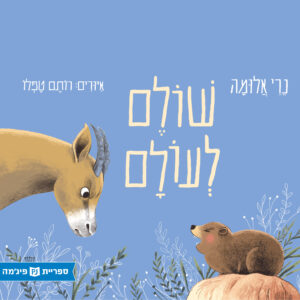 Peace to the World
Peace to the World 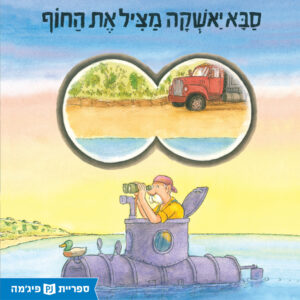 Saba Yashka Saves the Beach
Saba Yashka Saves the Beach 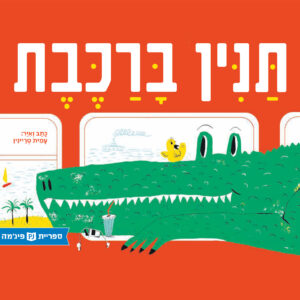 A Crocodile Gets on a Train
A Crocodile Gets on a Train 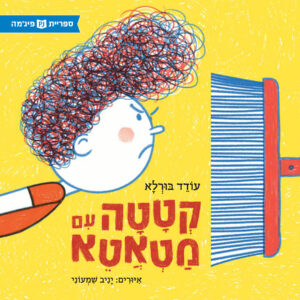 A Fight with A Broom
A Fight with A Broom 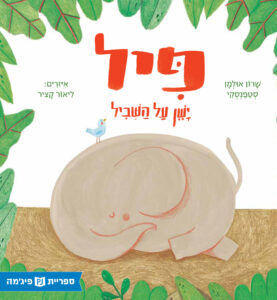 Elephant on the Path
Elephant on the Path 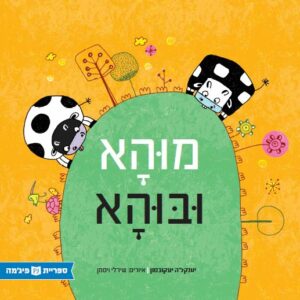 Mooha and Booha
Mooha and Booha 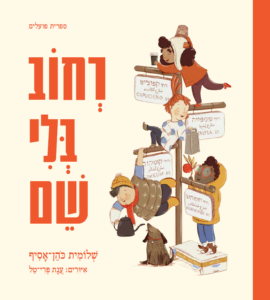 A Street with no Name
A Street with no Name 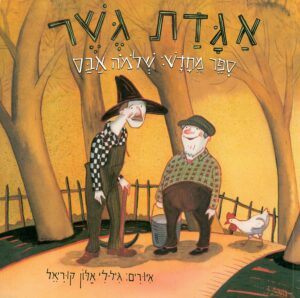 The Bridge Tale
The Bridge Tale 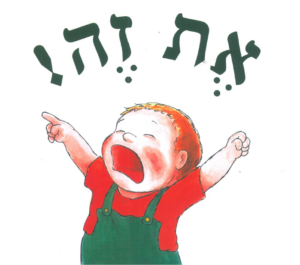 That One!
That One! 


